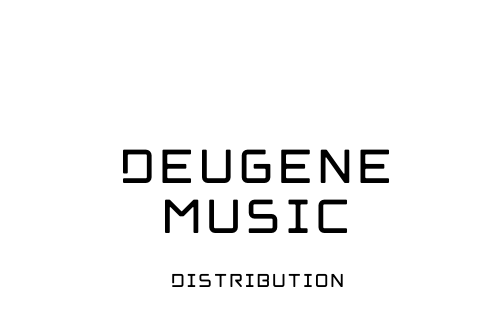Music sampling is the practice of using portions of pre-existing songs to create new music. It has been a staple of popular music for decades, with countless iconic songs and hits built around sampled elements. However, the legality of sampling can be a gray area, and it’s important for artists to understand the basics before incorporating samples into their own work.
First and foremost, it’s significant to note that sampling without proper permission is illegal. This means that if you use even a small portion of someone else’s song in your own work, you must obtain legal clearance before distributing that work. Failure to do so can land you in serious legal trouble.
To obtain legal clearance for a sample, you must obtain permission from both the owner of the recorded performance and the owner of the composition itself. This can be a complex process, and often involves negotiating with multiple parties and paying fees for usage rights.
Once legal clearance is obtained, you must also properly credit the original creators of the sampled material. This typically involves listing their name and the name of the original song in the credits or liner notes of your work.
When it comes to actually using a sample in your own work, it’s important to consider the context and purpose of the sample. Simply using a sample for its own sake or as a novelty can come across as gimmicky and unoriginal. Instead, try to incorporate the sample in a creative way, using it to complement and enhance the rest of the song.
It’s also significant to note that not all sampled elements are created equal. While some samples may be unrecognizable or unimportant in relation to the finished product, others may be instantly recognizable and the basis for the entire song. In these cases, it’s especially crucial to obtain legal clearance and give proper credit.
In conclusion, music sampling is a frequently used technique in popular music, but it’s significant for artists to understand the basics of legal clearance and crediting before incorporating samples into their work. With proper permissions and a creative approach to incorporating samples, artists can create unique and memorable songs that pay homage to the original creators while adding their own creative stamp.



